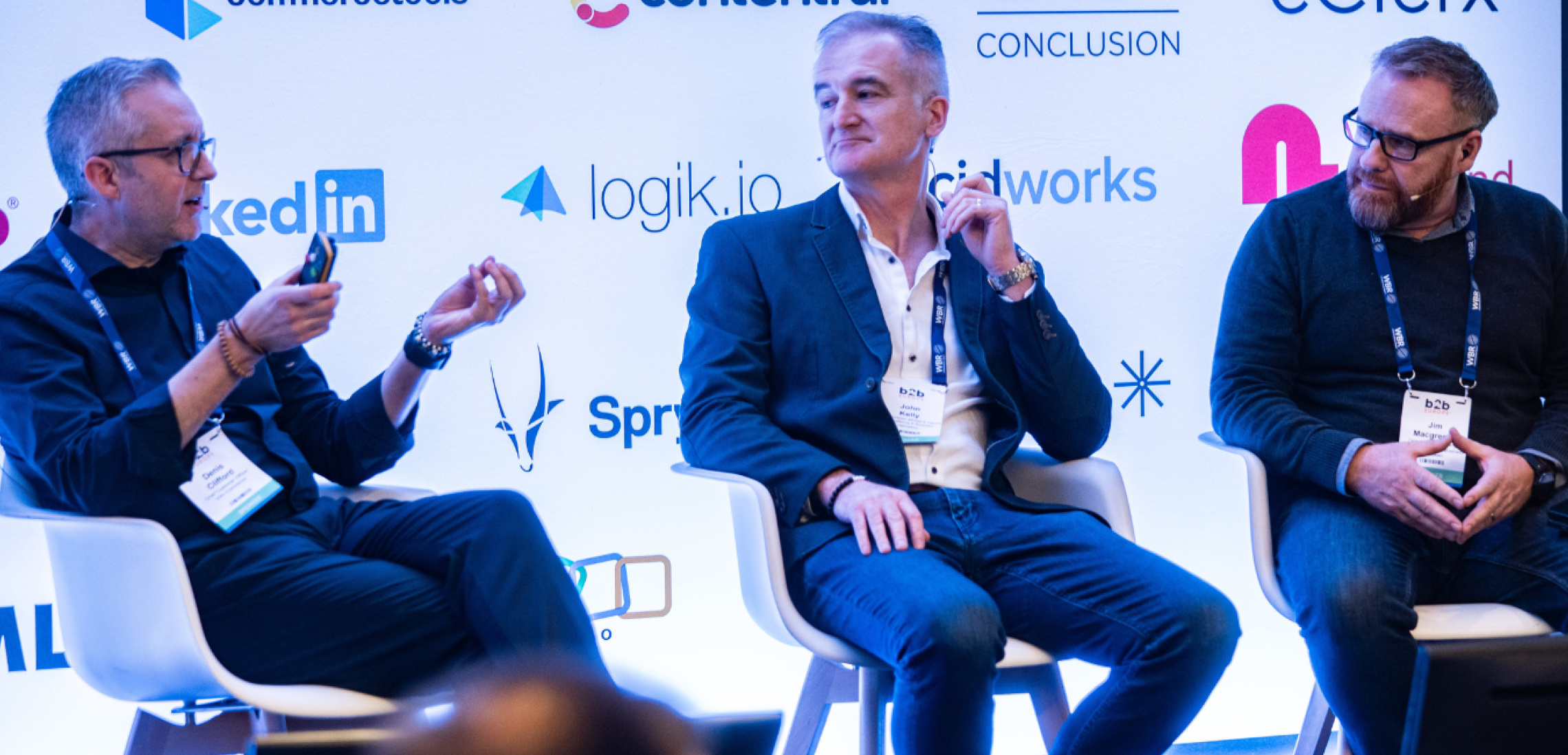eCommerce Cost Guide
Discover the true costs of ecommerce platforms in our free guide.
Success Stories
See how industry leaders succeed with Virto.
Virto & Gladcloud
Boost ecommerce with advanced marketing.









Discover the true costs of ecommerce platforms in our free guide.
See how industry leaders succeed with Virto.
Boost ecommerce with advanced marketing.
Artificial Intelligence (AI): A broad discipline that aims to create machines that emulate and exceed the full range of human cognition. According to Francois Chollet, a creator of the machine-learning software library Keras, intelligence is the system's ability to adapt and improvise in a new environment – to generalize its knowledge and apply it to unfamiliar scenarios.
An AI system typically demonstrates one of the following behaviors commonly associated with human intelligence: planning, learning, reasoning, problem-solving, perception, knowledge-representation, motion, manipulation, social intelligence, and creativity.
In its broadest sense, experts recognize two types of AI:
Machine learning (ML): A subset of AI in which a computer system learns how to perform a task without being explicitly given instructions to do so. This process is commonly referred to as training a model with a learning algorithm. Such training involves feeding a machine a huge amount of data, the quality and size of which determine the system's accuracy.
Algorithm: A specification of well-defined instructions used to solve a particular problem.
Model: An output of the training process of an ML algorithm used to make predictions.
Natural language processing (NLP): A collective term referring to automatic computational processing (analyzing, understanding, and manipulating) of human languages.
Computer vision: A collective term referring to automatic computational processing (analyzing, understanding, and manipulating) of images and video.
Neural networks: Mathematical models, loosely modeled after the connections between neurons in the brain, able to modify internal parameters to change outputs. Neural networks are made of interconnected layers of algorithms that feed data into each other. They can be trained to perform specific tasks by modifying the importance attributed to data as it passes between those layers, continuing to modify the weights attached to the data until the desired output is reached.
Transformer: A deep learning model, used primarily in NLP and computer vision, that adopts the mechanism of self-attention, differentially weighting the significance of each part of the input data. Transformer architecture aims to solve sequence-to-sequence tasks while handling long-range dependencies.
Large language models (LLM): A deep-learning algorithm trained on enormous amounts of text data, believed to represent a major advance in AI, particularly toward the goal of human-like artificial general intelligence or AGI.
Below we'll cover the current developments in AI as outlined in the State of AI Report published in October 2021 by AI investors Nathan Benaich and Ian Hogarth. We'll try to avoid overt technicalities and expert jargon and, instead, give a brief overview of the current advancements in AI technology. Following the structure of the report, we'll divide the section into parts, starting with the developments in research and ending with politics. We've also added personal input and links to further reading material where appropriate.
No matter how much potential AI systems have, the expectations sometimes outstrip reality.
Concerning general AI (AGI), a survey from 2012 conducted among four groups of experts, including Nick Bostrom, an authority on the philosophy of AI, predicts a 50% chance that AGI will be developed between 2040 and 2050, with the likelihood of its development rising to 75% by 2075.
Recent predictions are more cautious, however, with some experts expressing skepticism about AGI development anytime in the near future.
According to Gary Marcus, CEO and founder of Robust AI, the most important challenge at this point is to "find a good way of combining all the world's immense knowledge of science and technology" with deep learning. He argues that, as of now, deep learning models can't leverage the knowledge that's already there, but will have to learn everything from scratch. Marcus believes that as soon as we overcome this problem, the effects will be transformational.
As AI's use in B2B becomes more common, the AI tools and practices have also become more sophisticated. More successful businesses are not only following advanced practices like machine-learning operations (MLOps), but also spending more on AI technologies and taking advantage of more cloud technologies.
Overall, AI adoption is continuing to rise. In the recent McKinsey Global Survey, 56% of all respondents report AI adoption in at least one function (up by 6% from 2020).
Most of all, AI adoption has significantly increased in emerging economies like China, the Middle East, and Asia Pacific.
The business functions in which AI adoption is most common are service operations, product and service development, and marketing and sales, with the top three use cases being service-operations optimization, AI-based enhancement of products, and contact center automation.
B2B marketing, in particular, has benefited from the use of AI tools that enhance diverse applications and result in even greater benefits. Accordingly, we expect B2B marketers to take further advantage of AI capabilities in lead generation, predictive analytics, personalization, targeting, segmentation, and intelligent automation.
Besides increasing rates of adoption, data shows that AI's impact on the bottom line is growing as well. McKinsey reports that the share of respondents reporting at least 5 percent of EBIT that's attributable to AI has increased to 27 percent, up by 5% from last year. Respondents also report significantly greater cost savings from AI in every function, with the biggest changes in product and service development, marketing and sales, and corporate finance.
DarwinAI is a rapidly growing visual quality inspection company providing manufacturers with an end-to-end solution to improve product quality, operator efficiency, and overall production cost savings using Explainable AI (XAI), a collection of technologies that reveals how and why AI makes its decisions. DarwinAI’s pioneering XAI technology accelerates and enhances the creation of custom AI models that easily integrate into manufacturing and production processes. In 2021, DarwinAI was recognized by CB Insights as one of the top 100 AI startups for its achievements in AI Model Development.
Speechki is an AI startup that develops speech synthesis for audiobooks. Speechki analyzes a text with its in-house software, processes it, voices it with technology adapted from cloud providers including Amazon, Microsoft, and Google, then employs proof listeners to check for mistakes. Speechki's technology is impressive as it has been used to dupe Amazon's no-AI-voice policies on several occasions (AI narrated titles have been subsequently removed). The software has shown good results in navigating academic texts, such as on paleontology, philosophy, and theater, and has handled texts sprinkled with languages other than English with ease.
Cresta AI is a real-time coaching tool for contact centers. Cresta analyzes conversations, tracks agent performance, and makes helpful suggestions for contact center workers to make the most of an individual call or chat session based on past interactions that were deemed successful. In 2020, Cresta raised $21 million in funding from investors, including Greylock Partners and Andreessen Horowitz. By tapping improvements in NLP, Cresta hopes to expand its AI uses to help schools manage online conversations and help salespeople close deals, alleviating the stress associated with time-sensitive online interactions.
CrowdAI is a no-code computer vision platform that provides enterprises with the infrastructure for the entire AI lifecycle, from labeling data and training models to powering up real-time decisions from the visual world. The company helps enterprises break down their visual silos, standardize data across disparate resolutions and formats, bring media into an organized library, auto-augment it with ML, and train and deploy models at scale. Hailed as one of the fifty most promising American AI companies in 2021 by Forbes, CrowdAI is currently valued at $30 million.
InstaDeep is a Tunis and London-based enterprise AI startup that uses its expertise in accelerated computing, deep learning, and reinforcement learning to help businesses build decision-making systems for solving real-world problems. According to InstaDeep CEO Kamir Beigur, such problems might include automating railway scheduling or developing novel immunotherapies. In January 2022, the startup raised $100 million, which the company plans to use to expand its operations and continue its collaborations with different research institutions and laboratories such as Oxford University and Google's AI research divisions.
Fathom is a startup that is building an AI notetaker for Zoom. When a call ends, the software produces the fully transcribed call recording along with moments that have been highlighted by a user during the call. Apart from automatically generating call notes, Fathom uploads and syncs them with other software such as the user’s CRM and Slack. Fathom has already garnered attention and interest from all sorts of investors, including Zoom’s own Apps Fund, as well as the CEOs of Reddit, Twitch, Cruise, Mercury, and People.ai. In January 2022, Fathom raised a $4.7 million seed round that it plans to use to improve its service, which is currently available for free.
Spectrum Labs is a startup that provides AI content moderation technology to platform providers. The software helps identify and quickly respond to real-time harmful exchanges in both text and audio content. In January 2022, the startup raised $32 million in funding that it plans to use to double down on its growing consumer business and forge ahead in a new area, providing similar services to enterprises for their internal and customer-facing conversations. Spectrum Labs currently works with more than 20 big platforms, including Pinterest, Grindr, wiki, Fandom, Riot Games, and Udemy.
Synthesia is a startup that uses AI to create synthetic videos. Synthesia’s software allows users to turn text or a slide presentation into a video with a talking avatar. On top of that, Synthesia allows customers to use existing avatars, create one from the performance actors, or upload video to create an avatar of their own. Virto Commerce is currently using Synthesia services for its YouTube channel and can attest to the service’s fantastic ability to produce realistic avatars with high-quality audio narration.
You can see for yourself here:
Back in December 2021, Synthesia announced the close of a $50 million Series B funding round that the company plans to use to improve its software and add even more powerful features.


